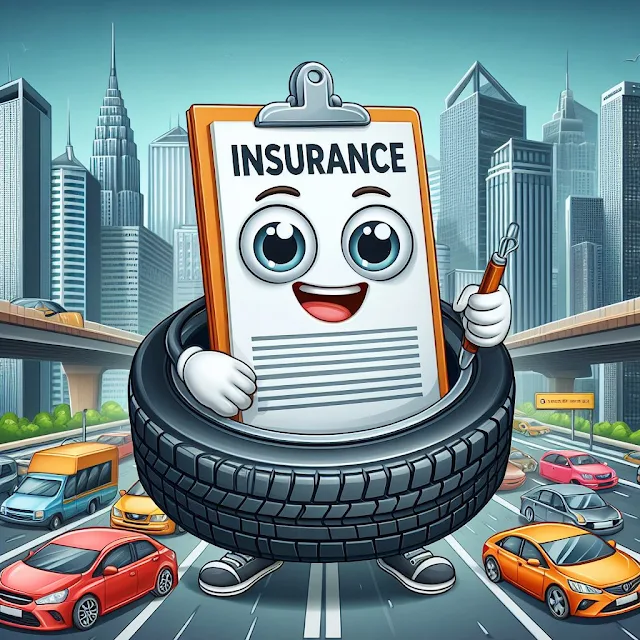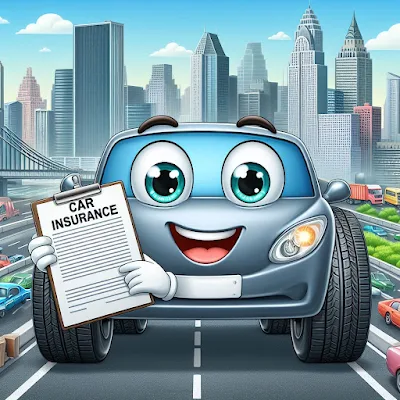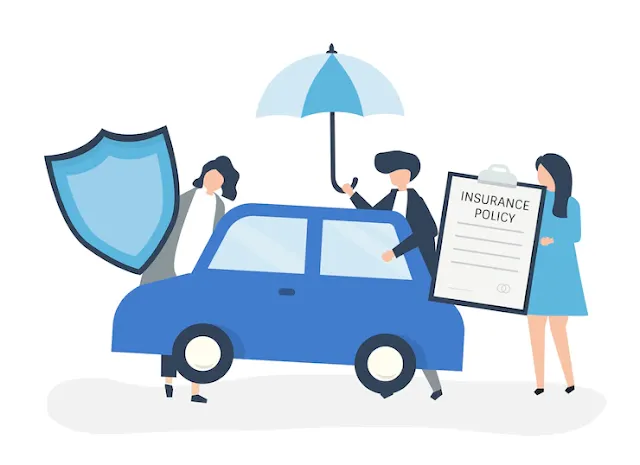 |
| Reducing Car Insurance Costs |
Car insurance is a financial necessity for drivers, but it doesn't have to be a financial burden. While it's essential to have adequate coverage to protect yourself and your vehicle, there are numerous strategies you can employ to save money on your premiums without sacrificing protection. In this detailed guide, we'll delve into ten proven ways to significantly reduce your car insurance costs while still maintaining peace of mind on the road.
1. Shop Around for Quotes
When it comes to car insurance, loyalty doesn't always pay off. Many drivers stick with the same insurer for years without realizing they could be getting a better deal elsewhere. Insurance rates can vary significantly from one company to another, so it pays to shop around. Take advantage of online comparison tools or consult with an independent insurance agent to gather quotes from multiple insurers. Be sure to compare coverage limits and deductibles to ensure you're making an accurate comparison.
2. Bundle Your Policies
Insurance companies often offer discounts to customers who bundle multiple policies together, such as auto and homeowners insurance. By consolidating your insurance needs with one provider, you can qualify for significant savings on each policy. Bundling not only saves you money but also simplifies your insurance management by having all your policies under one roof.
3. Consider Raising Your Deductible
Your deductible is the amount you pay out of pocket before your insurance coverage kicks in after a claim. Opting for a higher deductible can lower your monthly premiums, potentially saving you hundreds of dollars per year. However, it's crucial to choose a deductible that you can comfortably afford to pay in the event of an accident or other covered incident.
4. Maintain a Clean Driving Record
Your driving history plays a significant role in determining your insurance premiums. Drivers with a history of accidents, traffic violations, or claims are considered higher risk and typically pay more for coverage. On the other hand, maintaining a clean driving record can result in lower premiums. Avoiding accidents and traffic violations not only keeps you safe on the road but also helps you save money on insurance over time.
5. Take Advantage of Available Discounts
Insurance companies offer various discounts that can help lower your premiums. Common discounts include those for safe driving habits, vehicle safety features, and affiliations such as being a member of certain organizations or alumni associations. Additionally, you may be eligible for discounts for insuring multiple vehicles with the same insurer, being a good student, or completing a defensive driving course. Be sure to inquire about all available discounts when shopping for insurance.
6. Drive Less and Qualify for Low-Mileage Discounts
Many insurance companies offer discounts for drivers who travel fewer miles annually. If you're able to reduce your mileage by carpooling, using public transportation, or telecommuting, you may qualify for significant savings on your premiums. Some insurers even offer usage-based insurance programs that track your driving habits and adjust your rates accordingly based on your actual mileage and driving behaviors.
7. Maintain Good Credit
In most states, insurers consider your credit score when calculating your insurance premiums. Studies have shown a correlation between credit history and insurance risk, with drivers who have higher credit scores generally filing fewer claims. To maintain a good credit score, pay your bills on time, keep credit card balances low, and monitor your credit report regularly for errors or inaccuracies that could negatively impact your score.
8. Choose Your Vehicle Wisely
The type of vehicle you drive can have a significant impact on your insurance premiums. Insurers take into account factors such as the vehicle's safety ratings, likelihood of theft, repair costs, and overall risk profile when determining rates. Before purchasing a new car, research insurance costs for different makes and models. Generally, vehicles with high safety ratings, low theft rates, and affordable repair costs tend to have lower insurance premiums.
9. Consider Usage-Based Insurance Programs
Usage-based insurance (UBI) programs use telematics devices or smartphone apps to track your driving habits, such as your speed, mileage, braking patterns, and time of day you drive. By demonstrating safe driving behaviors, such as avoiding hard braking and limiting nighttime driving, you can qualify for discounted rates based on your actual driving performance. UBI programs offer an opportunity for safe drivers to save money on their premiums while also incentivizing safer driving habits.
10. Regularly Review and Update Your Policy
Life circumstances change, and so do your insurance needs. It's essential to review your policy annually to ensure it still aligns with your coverage needs and budget. You may discover opportunities to adjust your coverage levels, add or remove drivers or vehicles, or take advantage of new discounts based on changes in your life or driving habits. By staying proactive and keeping your policy up to date, you can ensure you're getting the best possible rate on your car insurance.
Conclusion
Car insurance is a necessary expense for drivers, but it doesn't have to be excessively costly. By implementing the strategies outlined in this guide, you can unlock significant savings on your car insurance premiums while still maintaining the coverage you need to protect yourself and your vehicle. Whether you're shopping around for quotes, bundling policies, or taking advantage of discounts, there are numerous ways to trim down your insurance costs without sacrificing peace of mind on the road. Remember to regularly review your policy, compare quotes, and explore all available discounts to ensure you're getting the best value for your insurance dollars. With a proactive approach to managing your car insurance, you can drive confidently knowing you're saving money while staying adequately protected.







